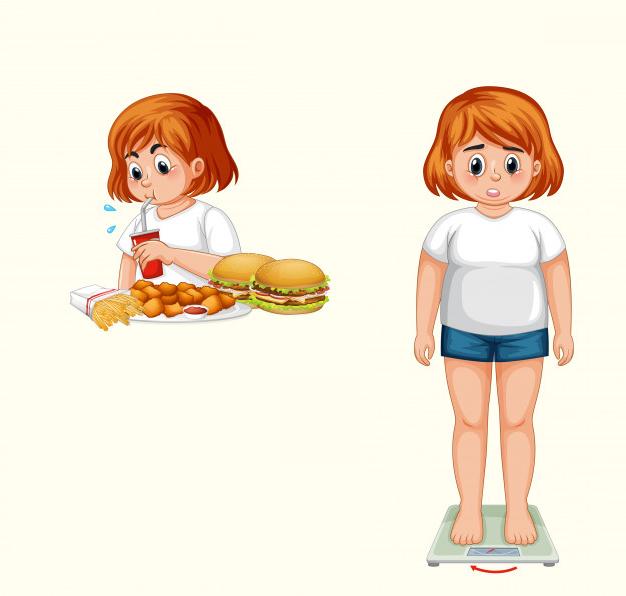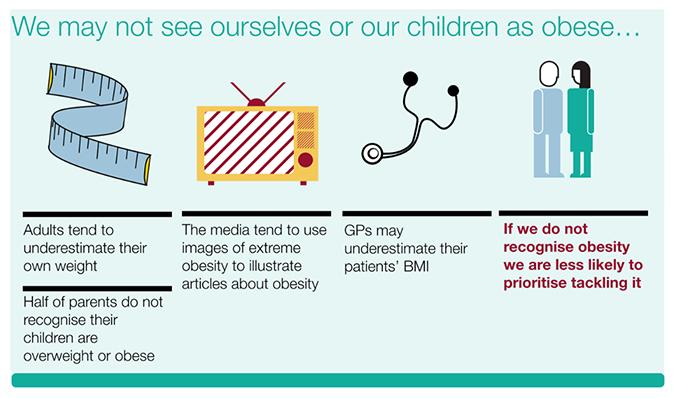Obesity cuts life expectancy by an average of up to 10 years, and costs the United States an estimated $147 billion a year to treat; treating obesity and diabetes costs more than it takes to run the police, fire service, and court system combined.
Obesity has been rising in adults for more than thirty years and more recently an upward trend has been identified in children. In 2015, 3 out of 5 women and 7 out of 10 men were overweight. The trend has also been identified in school children through the National Child Measurement Program: over 1 in 5 children in Reception, and over 1 in 3 children in Year 6 were measured overweight, meaning that there is nearly a doubling of the rate of overweight as they move through primary school.

There is a direct link between adult and childhood obesity; a child without an obese parent has a 10% chance of becoming obese, whereas a child with one parent who is obese has a 40% chance of becoming obese and a child with two obese parents has an 80% chance of becoming obese. The environment of the womb predisposes the growing babies genes to be more susceptible to obesity. So genes can play a part in childhood obesity.
Let’s have in mind that the negative impact of obesity in children can lead to both physical and mental health issues, with decreases in self-esteem and even bullying.
One explanation for the lack of progress in dealing with obesity is that we are becoming immune to it. With the gradual rise in obesity, it has become more accepted. Only 1 out of 20 persons consider themselves to be obese, whereas 5 out of 20 are obese, and parents of obese children fail to recognize that their child is obese.


We must recognize that obesity is not more a problem of individuals than of society. Therefore we must be aware that measures have to be put into place to deal with obesity at the population level.
Some of these could include:
- ‘Fat tax’ on high-fat, high-sugar food and beverages, particularly those aimed at children and young people.
- Schools as health-supporting environments.
- Restaurants, food, and beverage companies to improve offerings for children, and make healthy choices more attractive.
- The media should reinforce healthy lifestyle choices through advertising, television, film, and the internet.
The information contained in this article is for educational and informational purposes only and is not intended as health or medical advice. Always consult a physician or other qualified health provider regarding any questions you may have about a medical condition or health objectives.
 Keeping Americans, healthy & strong especially, underserved communities by preventing obesity and obesity-related suffering.
Keeping Americans, healthy & strong especially, underserved communities by preventing obesity and obesity-related suffering. 


